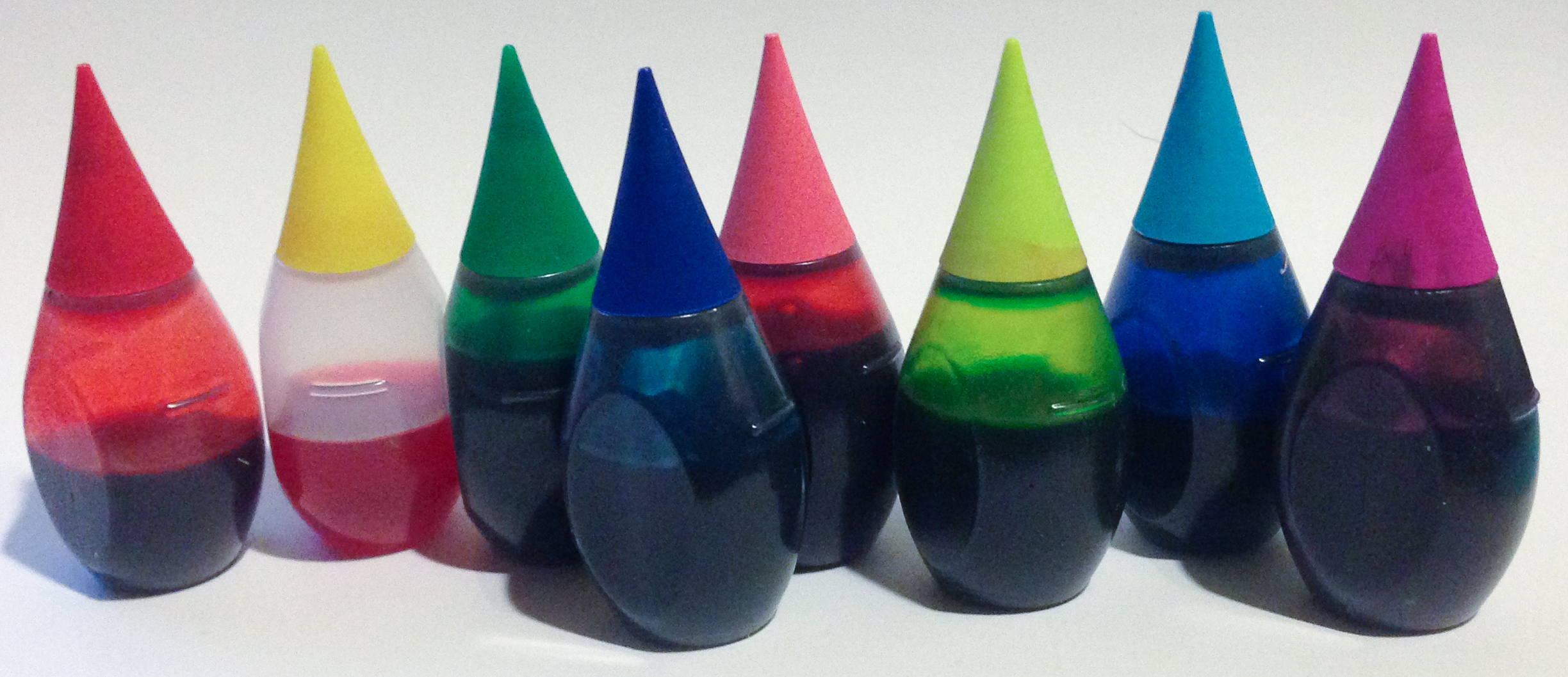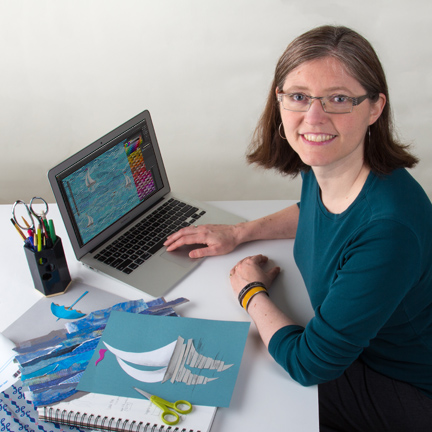Introspection can be a workout.
In the last week, I have had two grant applications, a scholarship application and an exhibition application all due. That’s not only a lot a writing, but that’s a lot of thinking.
I hope that some of those applications are successful and that I get to do some of those things I applied to. When you spend a whole lot of hours thinking and writing about something, you get pretty invested in it. I am excited about these projects and that makes the waiting all that much harder.
But as I was thinking about it, I really got a lot just out of the process of writing them. Explaining “your artistic vision, your body of work, and your professional goals. This section may be very similar to an artist statement, but should emphasize a self-reflection of your artistic and professional accomplishments to date, particularly as they relate to a clearly defined path towards the future” is a pretty major task, especially when you have to do it in only 4000 characters. To put it in perspective, that’s about 1 page or 500 words. This blog post is already 1120 characters when you get to the period at the end of this sentence.
I tend to use a lot of adjectives, so my personal method for writing these things is to just get it down and not pay attention to the character count on the first draft. Wil Wheaton refers to this as the “puke draft”, where you just get it all out. Gross maybe, but descriptive. Once I get it down, then I start again at the top and start cutting. I always write more than I need. My first draft of the answer to that example question was about 8200 characters. First I delete adjectives. I put in lots of “very” and “somewhat” and “really” which don’t need to be there.

I re-wrote my artist statement as part of this process. I pasted it in to answer that first question and realized that it took up half a page all by itself and I didn’t have room to get the rest of the answer in there. I rewrite my artist statement about once a year, although I am not sure that is really planned. A year seems to be about the amount of time that goes by before I read it one day and suddenly think “That’s dumb, that’s not what I do at all.” I reworked this one just a few months ago for another application, but now it was too long. So I had to look at it critically once more and figure out how to distill it down into 4 sentences instead of 16. Artist statements are hard. That’s a whole other post. But I will say that I hired my friend Judi, who is a professional writer, to work on mine with me a few years ago and it was super valuable to have totally fresh eyes on it. I have changed it since then, but it was eye-opening to watch someone else take my words and present them back to me in a new way.
I worked for a bunch of years as an arts admin. I know a lot of artists who love to make art, but really don’t like to talk about it. And I know gallery-type people who think that work should “speak for itself” and not have anything written to go with it. I have to disagree. I think I learn the most about my own work when I have to talk about it and most importantly explain it to an audience who don’t know anything at all about what I do. For this particular grant application, the jurors won’t even see photos of my work unless I make it to the semi-finals. So my words have to tell the whole story.
I got the applications done, I turned them in and I feel good. It forced me to make a plan for the near future. I had to let go of some stuff that wasn’t serving the narrative. I had to distill it down into only what was important and say why it was important. I had to be positive and proactive. You have to sell yourself in a grant or scholarship application. It’s like a job interview; you have to make sure you leave the impression that they would be a fool not to hire you. And it had a deadline so I had to get it done.
I probably won’t get all of these things I applied to. That’s how it works. But I feel like I already got a little payoff from just doing the work. I tell my students that I feel the same way about participating in Spoonflower’s weekly design challenge. It makes me do the work and meet the deadline. I’ve never hit the top ten or won a prize, but do I have a huge body of diverse work that I wouldn’t otherwise. I rarely suffer from a lack of motivation; I am always working on something. But the challenges make me do the hard work of designing things out of my comfort zone and using themes that I don’t find personally inspiring. I feel kind of the same thing about my rowing machine. I don’t like doing the workout, but it’s good for me and it makes me feel good.














 The button on the coat was made for me by
The button on the coat was made for me by 







